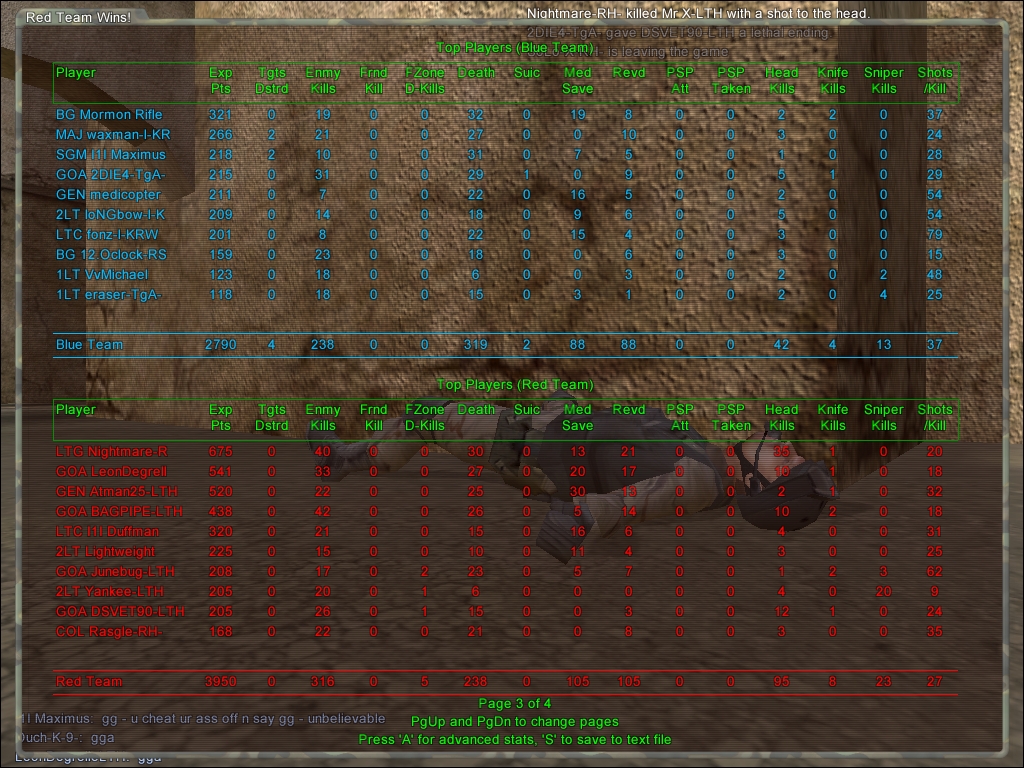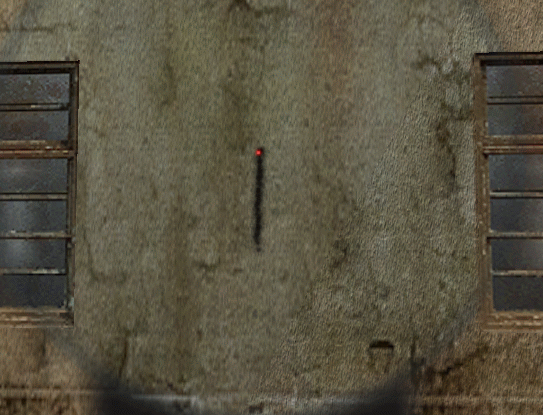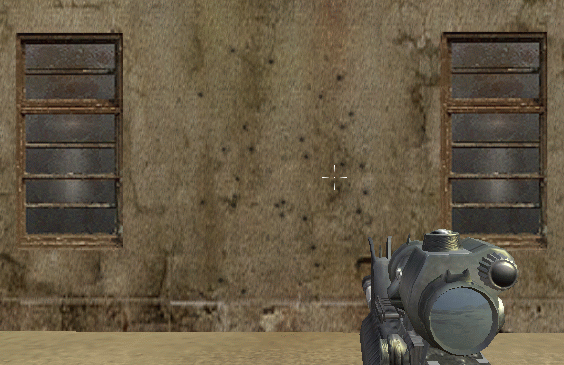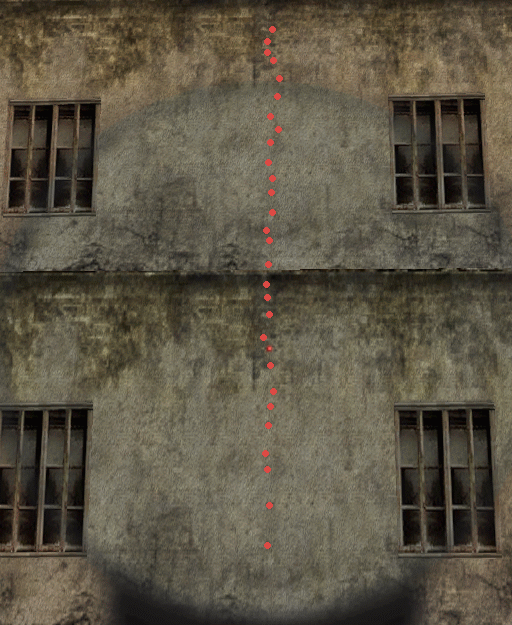|
|
 |

Deciding which game to play can be a challenge, with so many different games out there. All games have some degree of similar characteristics, so learning to play one very well and moving to the next is a better approach, rather than playing a lot and never getting good at any of them.
This section will help you to choose a good game, evaluate the weapons, and learn to distinguish the subtle differences in a game. It's the subtle differences, and knowing them, that will make a big difference in your game play.
|
|
The first thing to look at before buying a new game is a free demo, preferably with online multiplayer and a single player mode. If a company won't release a game demo, it can be a disappointment to spend 50 bucks and not get a game you like. The next is to see if there are company supported servers. If you pay good money for a game, it isn't any fun if there are no high quality servers to play in. (A company supported server can be a T3 or better, while a private server is usually a good DSL or Cable connection, or a rented T1.) The players that have the best servers are also the most hard-core gamers, so in three to six months, the best servers will be gone as the gamers move to the next game. Company servers also allow you a place to meet other gamers and recruit for a team. It's rude to go into a private server and recruit for a team (most private servers state in rules, no recruiting). Check out the company's history of games, is this their first in the genre, or is it a continuation? Another thing to look for is expansion packs. If the company hurriedly puts out a marginal game, and then 4 months later releases an expansion pack to make the game better, it's not worth the money to buy the first game. After you do some looking, and then drop down your 50 bucks for a brand new game, it's time to run some tests and evaluate the game.
The first thing to test in a new game is the primary weapon. Here are some screenshots of the FPS Black Hawk Down from Nova Logic. The gun used was a CAR 15 on auto, close range, scope up/down. You can see the difference in the shot spreads.
|
|
This is a CAR-15 at close range, with the scope up, and trigger held, showing recoil and spread.

At close range, the recoil make the gun travel about 2 feet up. The spread is less than a few inches.
|
 |
|
|
|
This is a CAR-15 at close range, with the scope down, and trigger held, showing recoil and spread.

At close range, the recoil make the gun travel about 2 feet up, and the scope down creates a pattern of about 2 feet across.
|
|
|
The gun used was a CAR 15 on auto, at 100 yards, scope up/down. You can see the difference in the shot spreads.
|
This is a CAR-15 at 100 yards, with the scope up, and trigger held, showing recoil and spread.

At 100 yards the spread is less than 1 foot and the recoil travels all the way up the building.
|
 |
|
|
|
This is a CAR-15 at 100 yards, with the scope down, and trigger held, showing recoil and spread.

At 100 yards, the recoil goes from the bottom of building to top. The spread is about 2 feet across.
|
|
|
Setting up your keyboard properly is essential to making quick transitions during gaming.

 To make the most effective keyboard setup, the NumPad settings allow the closest grouping on the keyboard, with the most comfortable feel.
To make the most effective keyboard setup, the NumPad settings allow the closest grouping on the keyboard, with the most comfortable feel.
|
 |
|
|
Forward 5 Back 2 Strafe Left 1
Strafe Right 3 Lean Left 6 Lean Right 4 Prone Ins
Crouch 7 Med Pack 8Grenade 9Flash Bang -Reload /50 Cal *Map Del Detonator Enter Scope +
|
|
|
 |
|
|
|
|
|
|
|
Let us know if these tips helped you, and what other topics will help you more.
Creating better gamers is our mission.
|
|
|
 |

